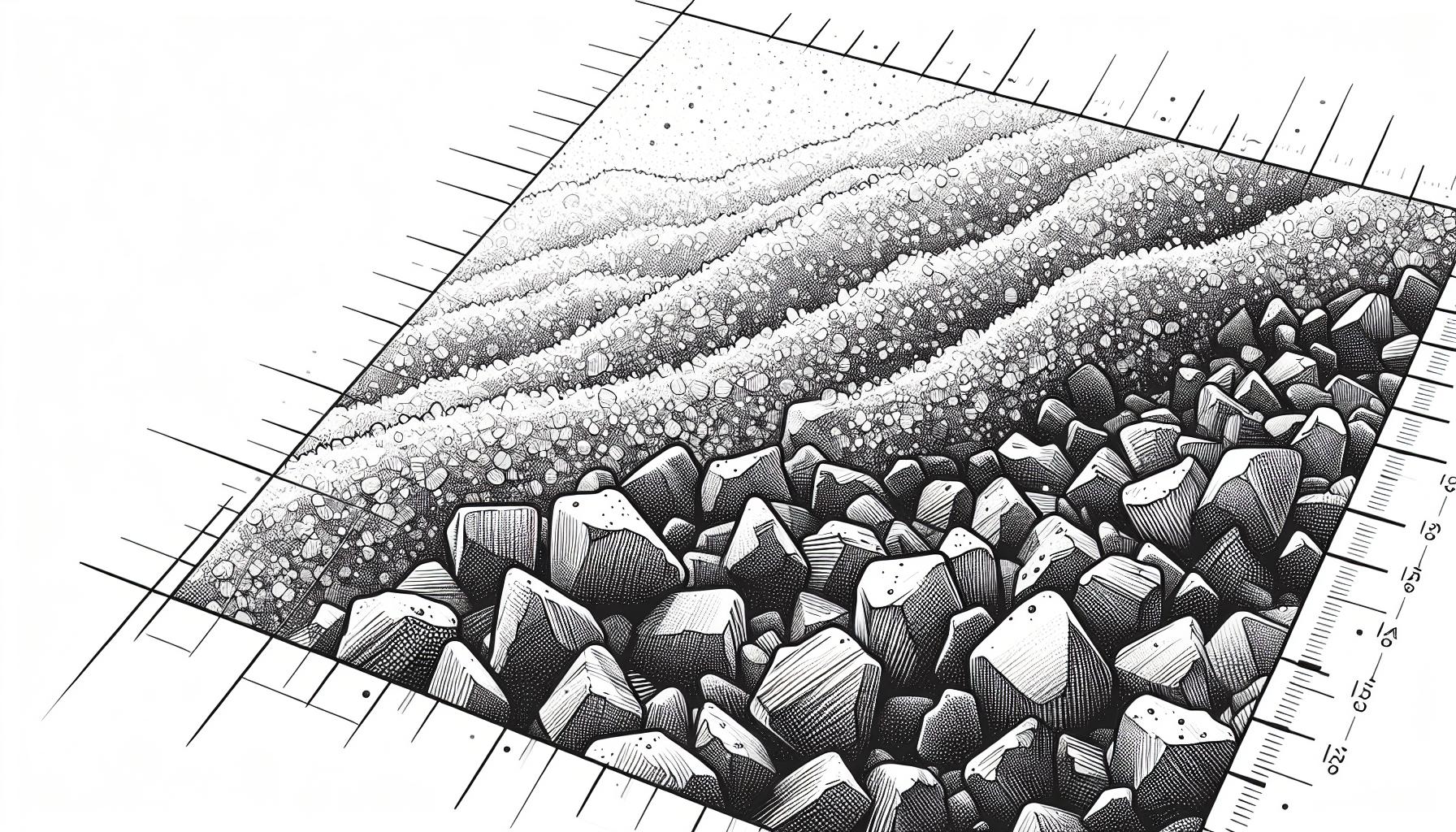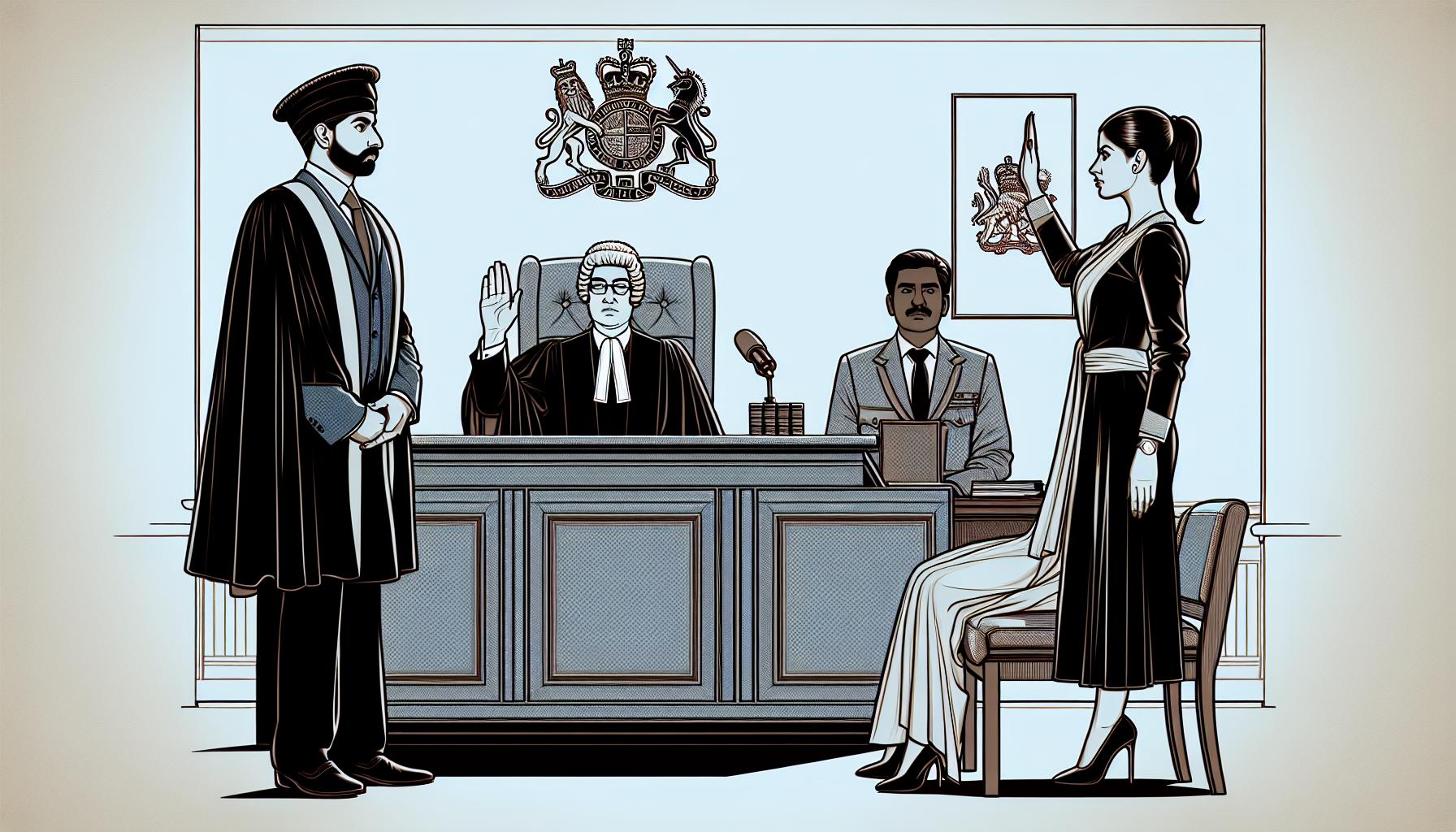“Coarse” or “course”—two words that sound identical but have entirely different meanings. We’ve all been there, staring at a sentence and wondering which one to use. This common confusion isn’t just a minor hiccup; it can change the whole meaning of what we’re trying to say.
In this text, we’ll clarify the differences between “coarse” and “course” so we can use them correctly and confidently. By understanding their distinct definitions and contexts, we can improve our writing and avoid those pesky errors.
Key Takeaways
- Definition and Usage: “Coarse” is an adjective describing rough texture, lack of refinement, rudeness, or large particles, while “course” can be a noun or a verb referring to a study plan, a path, a meal part, or a directional flow.
- Common Confusion: People often mix up “coarse” and “course” due to their identical pronunciations. Understanding their distinct meanings prevents this common error.
- Historical Origins: “Coarse” and “course” have different historical roots but evolved to have entirely different uses and meanings in modern English.
- Memory Tips: Mnemonics like associating the letter “a” in “coarse” with “adjective” and using context clues can help distinguish between the two words.
- Practical Application: Correct usage of “coarse” and “course” is crucial for clear communication, especially for those engaged in academic courses or preparing for language exams like IELTS and TOEFL.
Understanding The Difference Between “Coarse” And “Course”
We often encounter situations where “coarse” and “course” can be confused due to their identical pronunciation. But, their meanings and uses are quite distinct.
Coarse
- Definition: “Coarse” is an adjective.
- Descriptions:
- It describes something rough, crude, or rude. For instance, “The coarse cloth was uncomfortable against his skin.”
- It also means lacking refinement or low quality. For example, “The comedian’s coarse humour was not to her liking.”
- Also, it refers to materials with large particles or grains, such as “coarse sand.”
- It is used to describe rude or offensive behaviour or language, e.g., “Joe often uses coarse language.”
- Definition: “Course” can be both a noun and a verb.
- Noun:
- It refers to a plan of study or a series of lessons, e.g., “The course on fashion design filled up quickly.”
- It can mean a path or route, as in “The runners followed the course to the finish line.”
- Verb:
- It describes the act of moving or flowing in a specific direction, e.g., “The river courses through the valley.”
Understanding these definitions helps us use the words accurately, whether discussing materials or pursuing academic goals, like English courses for IELTS or TOEFL.
Definition Of “Coarse”

Coarse is an adjective with multiple meanings. It describes something rough or crude in texture, lacking refinement, or made of large particles. Recognising the correct usage of “coarse” enhances our understanding and helps us avoid common errors.
Usage In Sentences
- Rough or crude texture: “The coarse fabric was uncomfortable against his skin.”
- Lacking refinement: “The comedian’s coarse humour was not to her liking.”
- Rude or offensive: “Her coarse manners got her kicked out of the restaurant.”
- Large particles: “She dusted the tops of the candies with coarse sugar.”
Common Mistakes
Confusion with “Course”
Many learners often confuse “coarse” with “course” since they are homophones. “Coarse” refers to rough texture, lack of refinement, or large particles, whereas “course” can be a plan of study or a path. Avoiding this confusion is essential, especially in writing for English courses, whether they’re IELTS, TOEFL, or Business English. Properly distinguishing between these words ensures clarity and precision in communication.
Definition Of “Course”
Usage In Sentences
“Course” can mean a sequence of classes or lectures in a subject, such as in university degree programs. For instance, “I’m enrolled in a course on basic mechanics.” It’s also used to describe a path or direction followed by transportation modes like ships or aircraft. An example sentence: “The road adopts a tortuous course along the coast.” Also, “course” can refer to parts of a meal like the main course or dessert. A typical usage would be: “The guests were offered a choice of main course and a delightful dessert.” It can denote areas for sports like racing or golf; for example, “That’s a long golf course, are you sure we have time for it?” Finally, it can describe a continuous horizontal layer in construction, as in “Six courses of bricks were laid.”
Common Mistakes
A common mistake involves mixing up “coarse” with “course,” due to their similar pronunciations. It’s crucial to distinguish between these words to ensure clarity. People often confuse them, especially learners in English courses and those preparing for exams like IELTS or TOEFL. “Coarse” refers to rough or crude textures or manners, while “course” relates to structured learning or pathways. Misusing these terms can change the intended meaning. For example, instead of saying “a coarse study plan,” it should be “a course of study.” Similarly, in Business English, specifying “course” correctly, like in “business management course,” avoids ambiguity. Properly understanding these terms is vital for accurate and effective communication.
Historical Origins Of The Words
“Coarse” and “course” have distinct historical origins even though being homophones. “Coarse” originated in the 14th century from Middle English. It likely derived from the noun “course” but diverged in meaning and spelling by the 18th century. Initially, “coarse” meant ‘ordinary, common,’ but it evolved to describe rough, uneven textures, especially in cloth.
On the other hand, “course” stems from Old French “cors,” which comes from the Latin “cursus.” This term means “a running; a journey; direction; track navigated by a ship; flow of a stream” and is derived from the Latin verb “currere,” meaning “to run.” The word “course” encompasses various meanings related to movement, direction, and flow, which explains its broad applicability in the English language.
Understanding the historical development of these words can aid in mastering their usage, especially for those learning English through IELTS, TOEFL, and other Business English courses.
Tips For Remembering The Difference
Using mnemonic devices can aid in distinguishing between “coarse” and “course.”
‘A’ Trick
To remember “coarse” as an adjective, note that it includes the letter “a.” The association is straightforward: “a” stands for adjective. For instance, think of “A Coarse Cloth” to recall that “coarse” means rough or lacking refinement.
Context Clues
Even though homophonic similarities, context can clarify meaning. If the term describes texture, quality, or behaviour, “coarse” is appropriate. For instance, “coarse sand” or “coarse language.” Conversely, if referring to educational lessons, paths, or sequences, “course” fits. Examples include “an English course,” “the river’s course,” or “a three-course meal.”
Pronunciation and Spelling
Both words share the pronunciation \kɔːs, but spelling differs. “Coarse” has an “a,” aiding in differentiating it. Use this visual distinction to avoid mix-ups.
Applying these methods reinforces understanding, helping avoid common pitfalls. These tips are ideal for those preparing for English courses or language exams like IELTS or TOEFL.
Conclusion
Mastering the distinction between “coarse” and “course” is crucial for clear and accurate communication. By understanding their meanings and contexts, we can avoid common mistakes that might confuse our readers or listeners.
Remembering the differences through mnemonic devices and context clues will significantly improve our writing skills. Let’s continue to pay attention to these details to ensure precision in our language use.
With practice and awareness, we’ll find it easier to choose the right word, enhancing our overall command of English.
Frequently Asked Questions
What is the main difference between “coarse” and “course”?
“Coarse” is an adjective referring to something rough, crude, or lacking refinement. “Course” can function as a noun or verb, typically denoting a sequence of classes, a path, or a direction.
How can I remember the difference between “coarse” and “course”?
Use mnemonic devices like associating the letter “a” in “coarse” with its function as an adjective, for example, “A Coarse Cloth”. Context clues also help; if it’s about texture, quality, or behaviour, it’s “coarse”, while “course” refers to educational lessons, paths, or sequences.
Why is it important to use “coarse” and “course” correctly?
Misusing these words can alter your intended message, leading to confusion. For example, saying “a coarse of study” instead of “a course of study” can mislead readers or listeners.
What are some examples of using “coarse” in sentences?
Examples include “The fabric of the jacket is coarse,” and “He made a coarse joke.” These sentences illustrate rough texture and crude humour, respectively.
What are some examples of using “course” in sentences?
Examples are “She enrolled in a French course,” and “The river changed its course.” These illustrate educational sequences and pathways or directions.
What historical origins do “coarse” and “course” have?
“Coarse” originated in the 14th century from Middle English, meaning ordinary or common. “Course” comes from Old French “cors,” from Latin “cursus,” meaning a direction, path, or flow.
Can “coarse” be used to describe rude behaviour?
Yes, “coarse” can describe rude or offensive behaviour, as in “His coarse remarks offended many.”
When should I use “course” in the context of construction?
Use “course” to refer to a continuous horizontal layer in construction, like “The bricklayer finished the first course of bricks.”
Could you explain the homophonic nature of “coarse” and “course”?
“Coarse” and “course” sound the same but have different meanings and spellings, which often leads to confusion. “Coarse” relates to roughness or rudeness, while “course” relates to paths, education, or sequences.
Are there tips for remembering the correct usage of “coarse” and “course” for exams like IELTS or TOEFL?
Yes, remembering that “coarse” has an “a” which can be associated with “adjective” helps, as does focusing on context. If it refers to texture, quality, or behaviour, it’s “coarse”; for educational lessons, paths, or sequences, it’s “course”.



